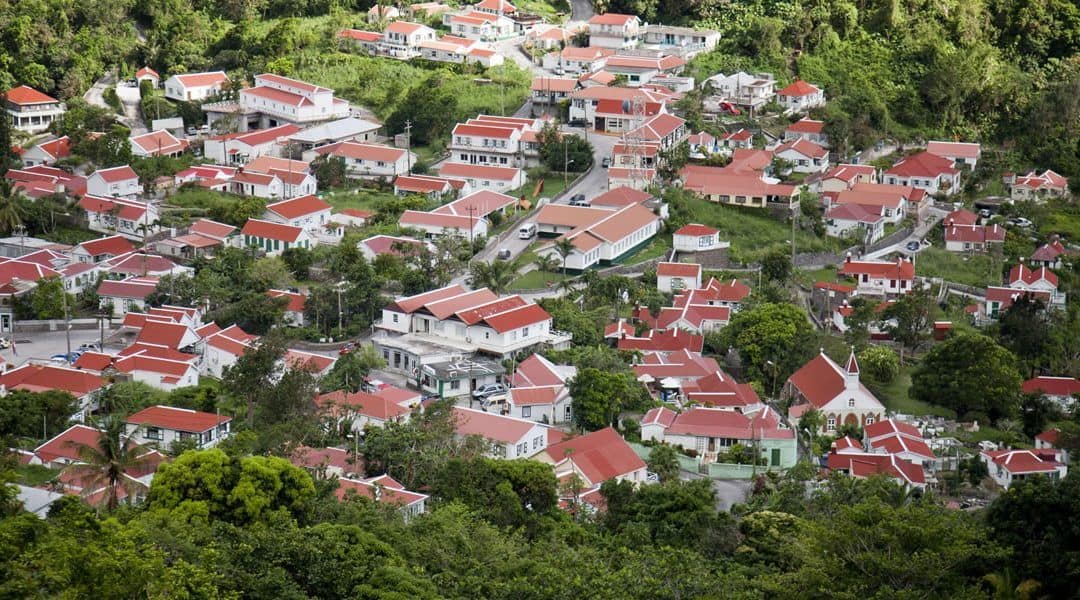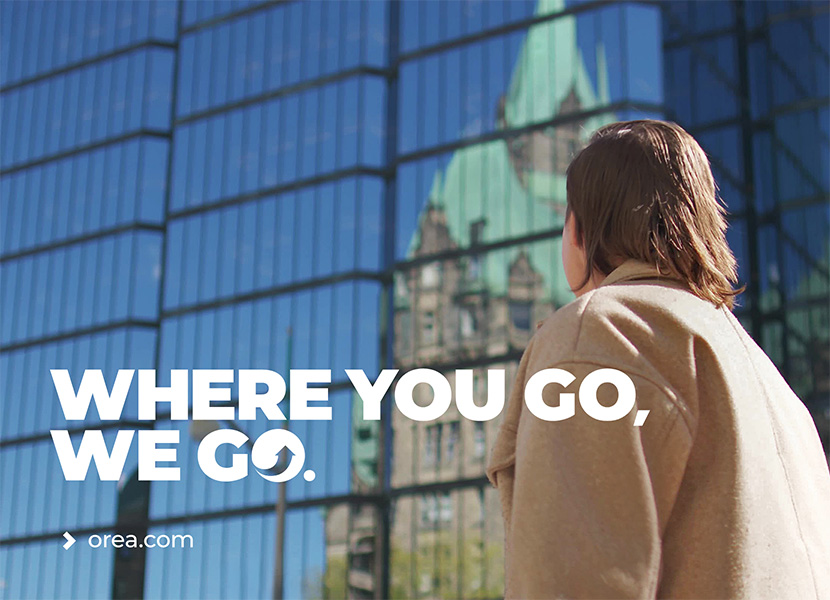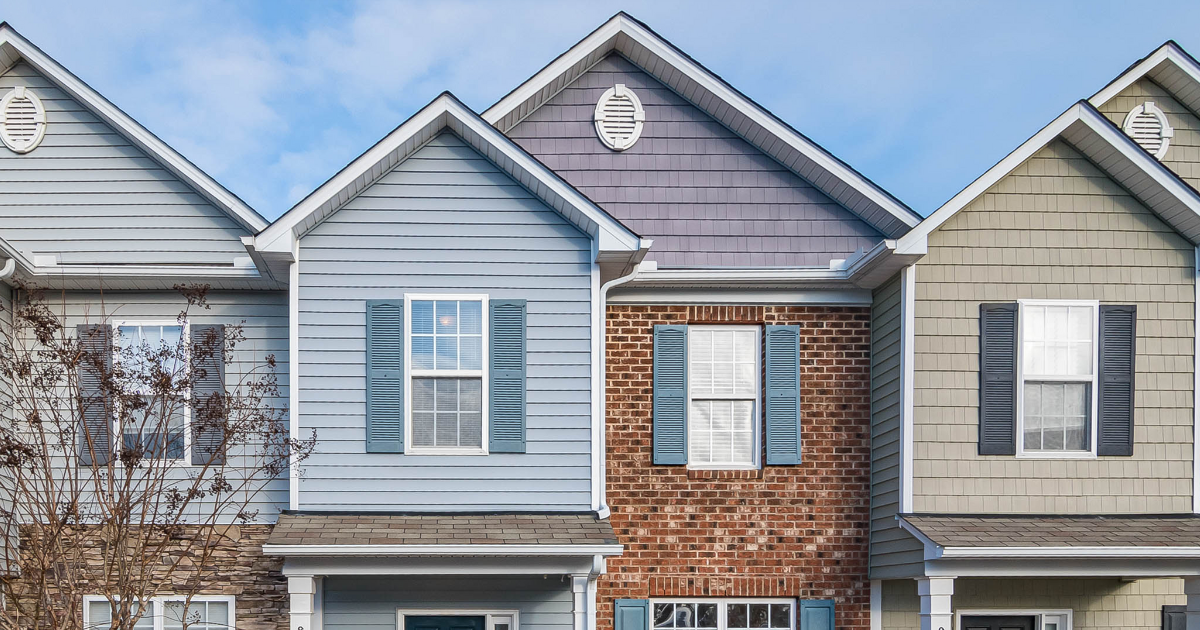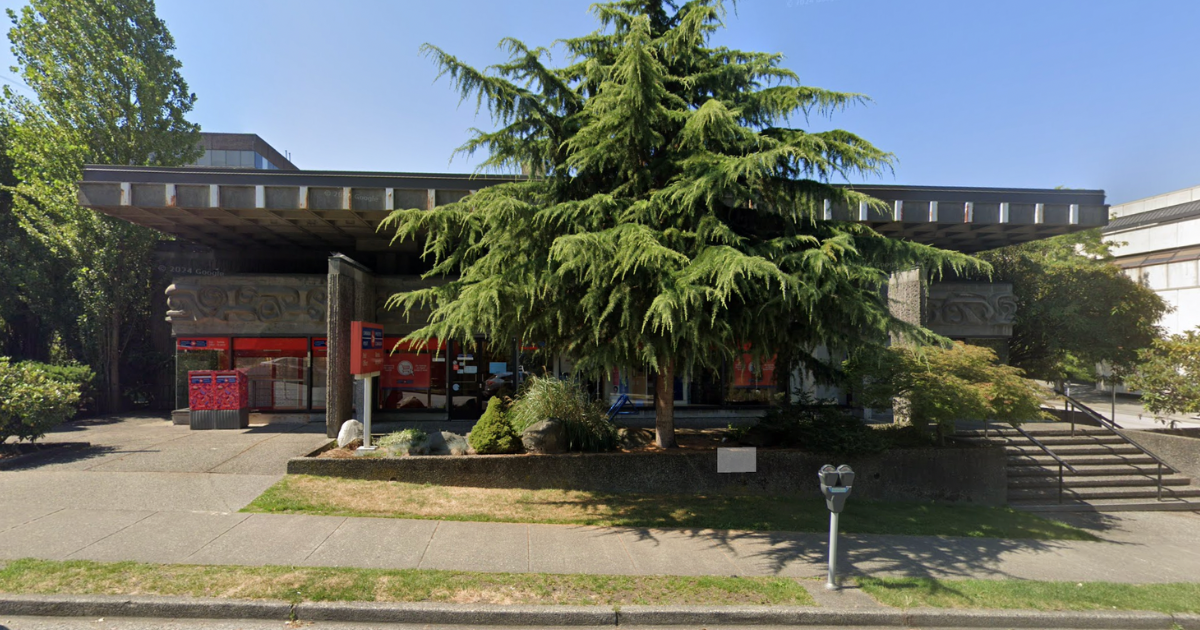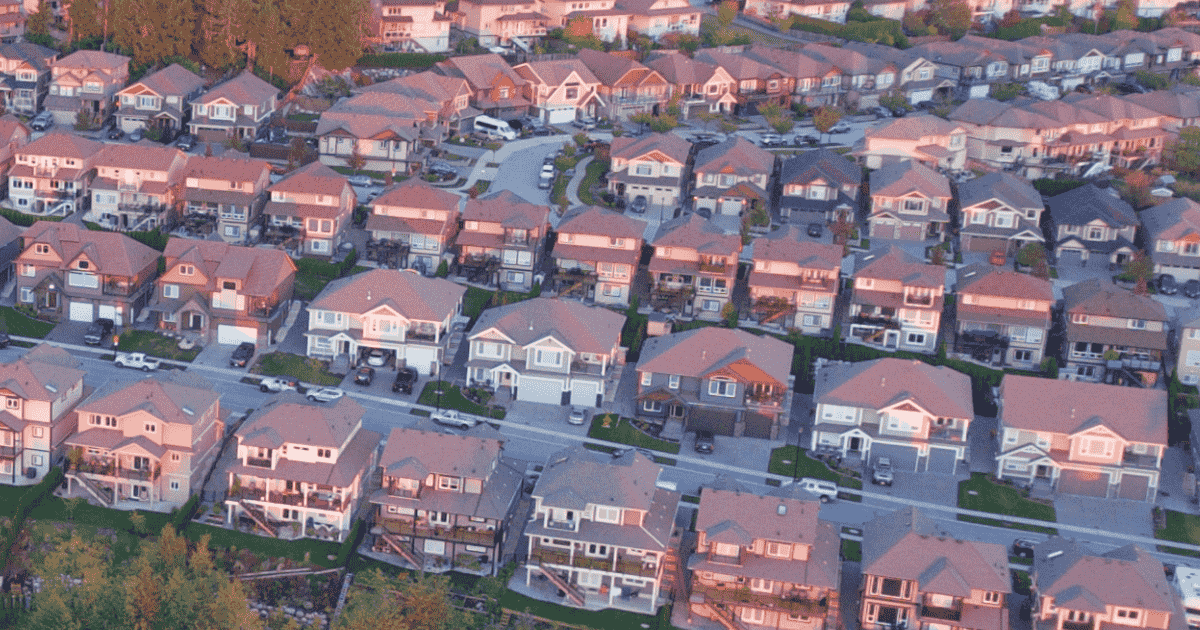Real estate agents selling houses on the Dutch Caribbean island of Saba don’t have to strain for creativity when writing listings that describe the home’s appearance. That’s because all the homes on the island, with few exceptions, look the same, at least from the outside. It’s the law!
The one-storey wooden homes, typically built on a stone foundation, are painted white and have similarly sized sash windows, with shutters that are painted either green and white or red and white or all white.
The shingled roofs, which have a pitch of about 35 degrees, are red, though over the years some homeowners have replaced the original shingles with sheets of corrugated iron for reasons of upkeep and the threat of hurricanes. Elsewhere this type of architectural uniformity could lead to a look of uninspired dullness, but in Saba the result is positively charming.
Perhaps that’s because the homes are almost always well maintained. Many look as if they’ve just been freshly painted. Adding to the appeal is the gingerbread trim and the neat and tidy gardens, where tropical plants and flowers thrive in the volcanic soil. Picket fences or other decorative wooden enclosures – in one of the approved colours of course – complete the storybook picture.
This is an island, after all, that’s known as the “Unspoiled Queen”. Though it’s only about an hour ferry ride (or an 11-minute flight) from St. Maarten, Saba, an extinct volcano that measures just 13 square km with a population of 1,500, is still somewhat off the beaten track.
The lack of any notable beaches could be one reason, though it is a paradise for divers. It also has an 856.5-metre summit in the middle of the island, one of the world’s shortest airport runways and a 10-km-long road completed in the 1940s that was once considered impossible to build due to the island’s mountainous terrain.
But what really sets Saba apart, and adds to its charm, is the quaint-looking homes. Whether in the island’s capital The Bottom or the second largest village, Windwardside, the familiar white houses with red roofs are always easily recognizable.
Locals never questioned how their homes should look. That is until about 30 years ago when a few foreigners moved to the island and changed their new homes to suit their own preferences. Sabans, some of whom can trace their ancestors back to the first settlers in 1640, were shocked. That’s when the governing body of Saba decided it was time to make what was a long-standing tradition into a law. Homes must now abide by strict style and colour schemes. And that suits Sabans just fine.
Just don’t use a local home as a landmark when giving directions.
Diane Slawych is a contributing writer for REM.










